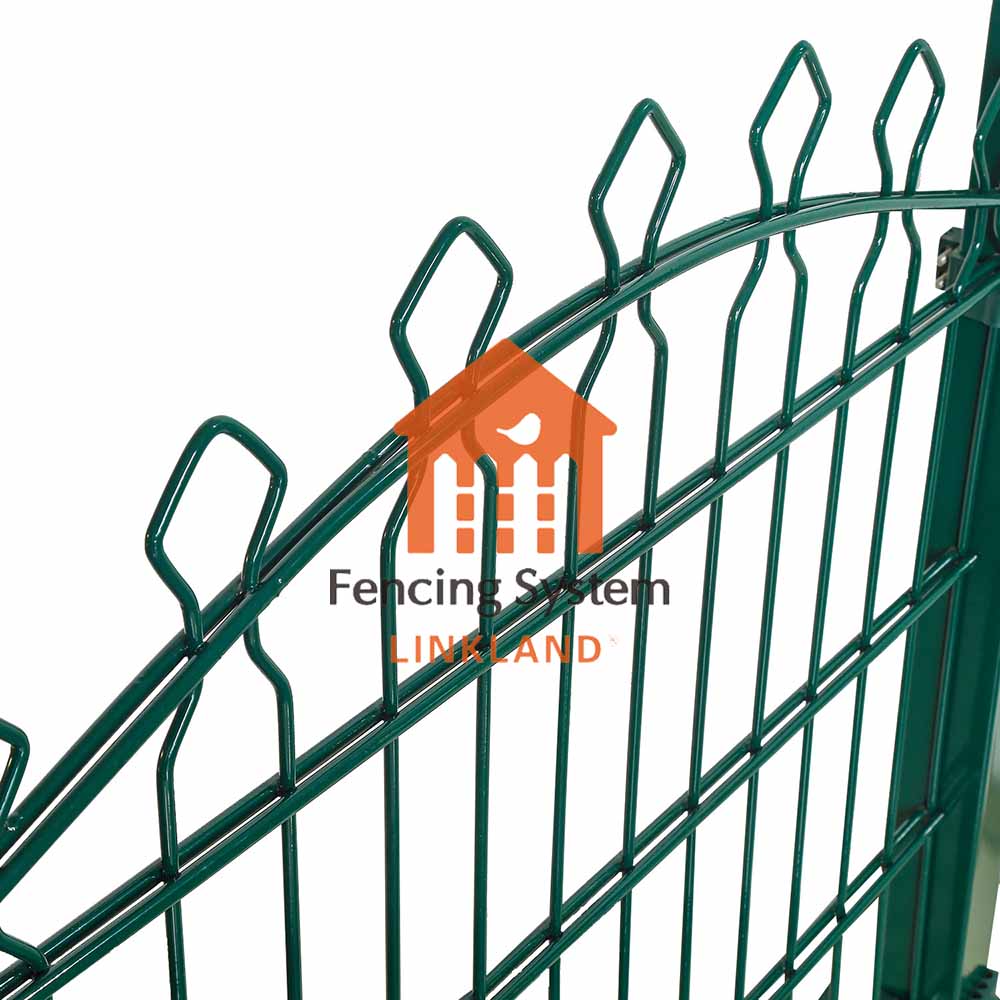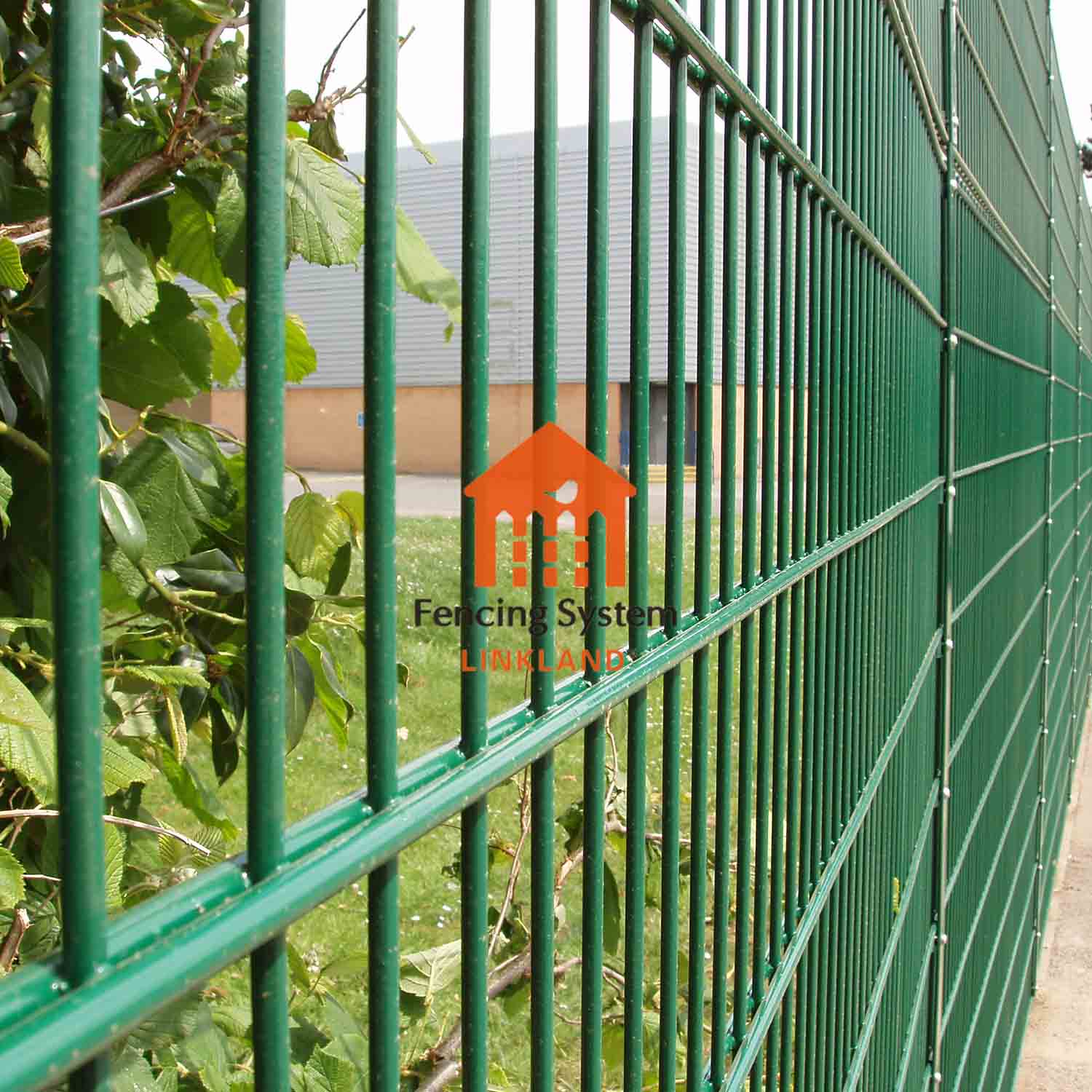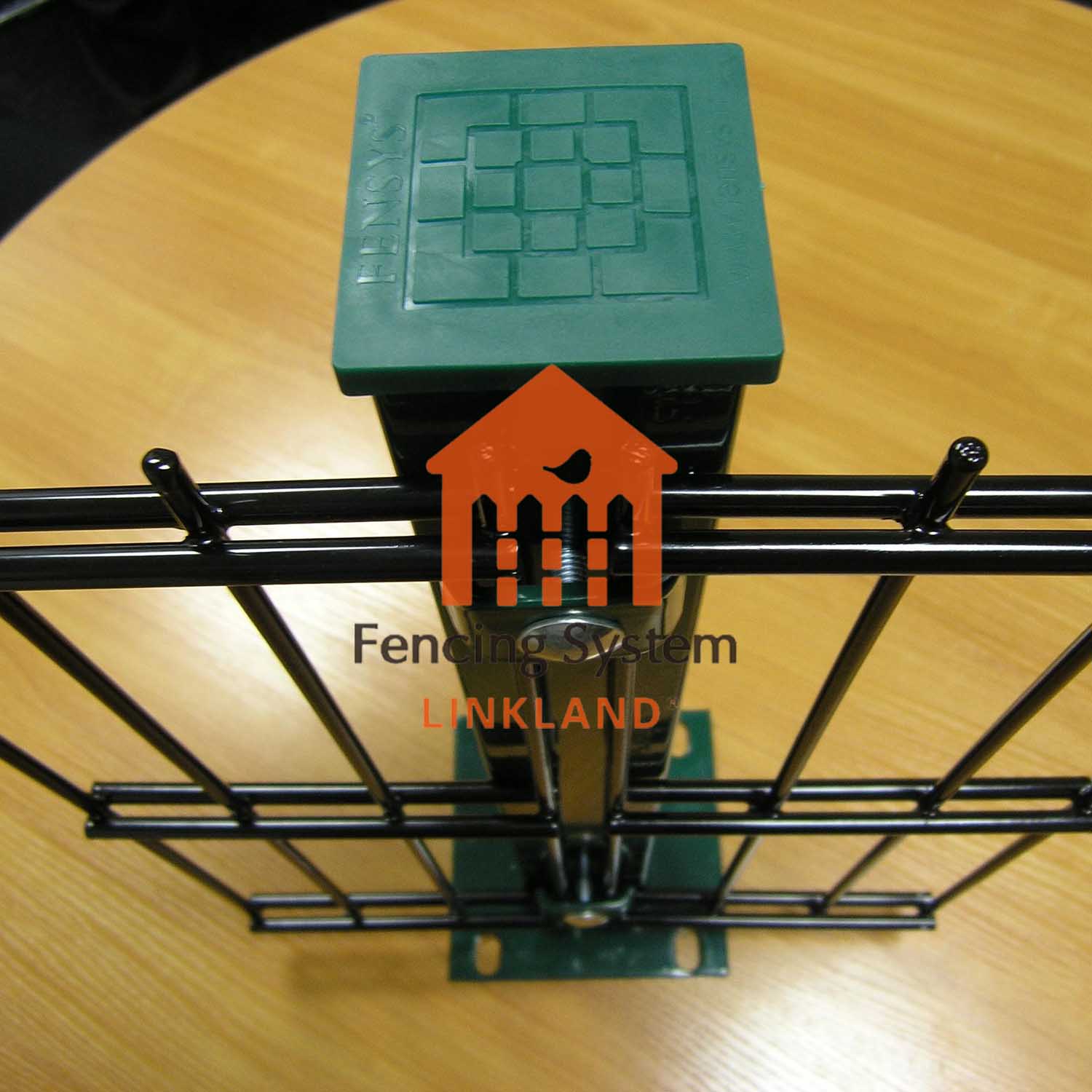There are several factors to consider when choosing the material for your Twin wire fence. The first is the weather resistance and corrosion resistance of the material, because guardrail nets are usually used in outdoor environments and need to be able to withstand the effects of sunlight, rain, chemical corrosion and other factors. The second is the strength and rigidity of the material to ensure that the guardrail network has sufficient structural stability and impact resistance. In addition, the material's surface treatment and coating technology are also considered to provide additional corrosion protection and durability.

Steel wire selection and manufacturing process:
Twin wire fence usually uses steel wire as the main material. In the selection process of steel wire, its properties such as strength, toughness and corrosion resistance need to be considered. Common steel wire materials include low carbon steel wire, galvanized steel wire, stainless steel wire, etc. In addition, the manufacturing process of steel wire also affects the quality and performance of guardrail nets, such as drawing, welding and hot-dip galvanizing. By selecting the appropriate wire material and manufacturing process, you can ensure that your Twin Wire Fence has the required strength and durability.

Specification requirements and considerations:
The specification setting of twin wire fence needs to be based on the specific use needs and site requirements. The first is the setting of mesh size and wire diameter to meet safety protection and functional requirements. Usually, the mesh size needs to be determined according to the required protection level and protection objects, and the selection of wire diameter needs to take into account strength and stability. Secondly, the height and length of the guardrail network are set according to the needs and design requirements of the actual installation site. The accuracy and reasonableness of specification settings can ensure that Twin wire fence has the required performance and functionality during installation and use.

Comply with relevant standards and requirements:
During the material selection and specification setting process of Twin wire fence, it is necessary to ensure compliance with relevant standards and requirements. This includes national and industry standards, such as standards related to airport guardrail nets, guardrail material standards, etc. Following standards and requirements ensures that the quality and performance of your Twin Wire Fence meet expected levels, as well as meeting safety and regulatory requirements.
In summary, the material selection and specification setting of Twin wire fence have an important impact on its quality and performance. By considering the characteristics of the material, wire selection and manufacturing process, specification setting requirements and considerations, and compliance with relevant standards and requirements, you can ensure that Twin Wire Fence has the required strength, durability and safety in use. This provides guidance and guarantee for the selection and application of Twin wire fence.
Pre:Application of Twin wire fence in farms
Next:Double wire mesh fence network construction plan and on-site management